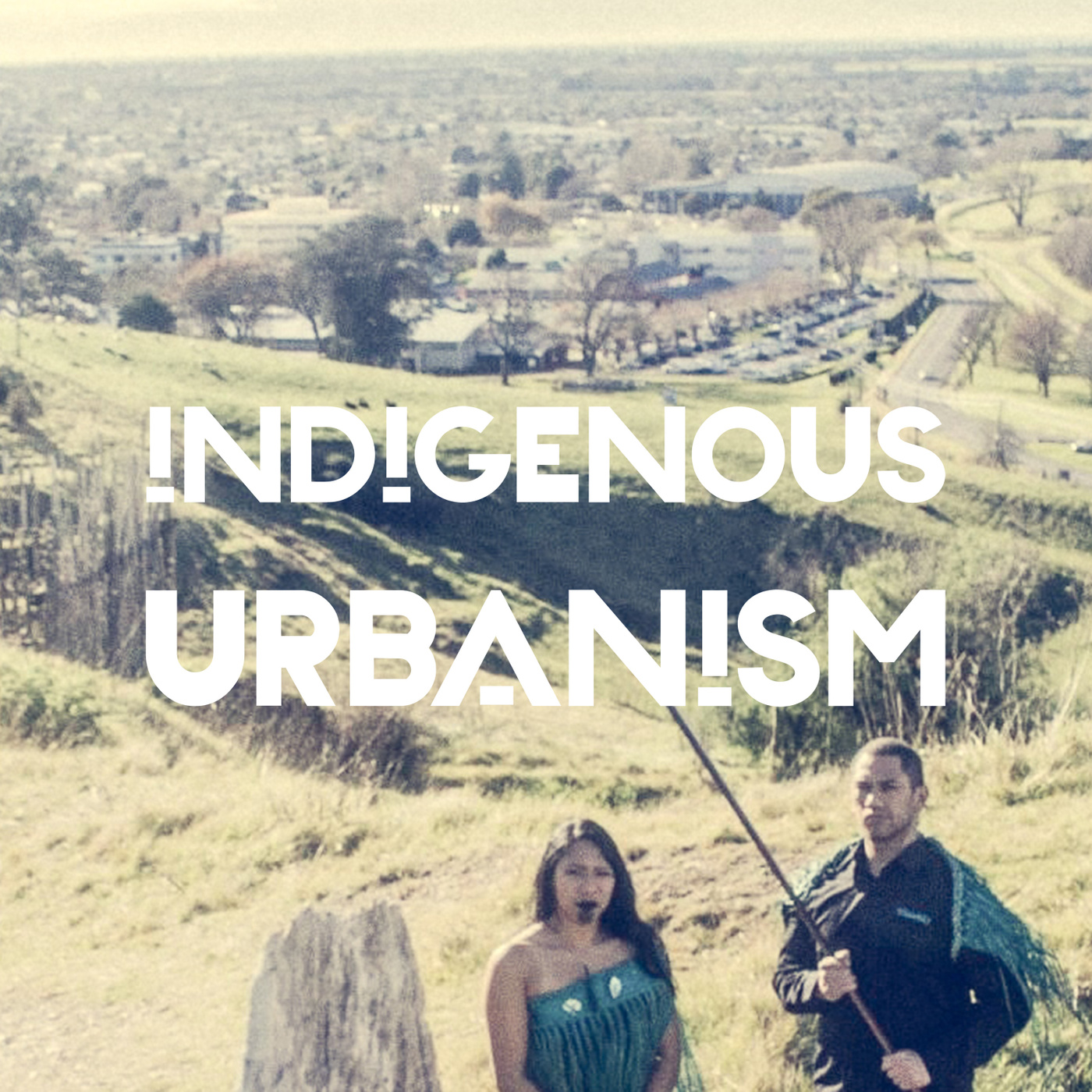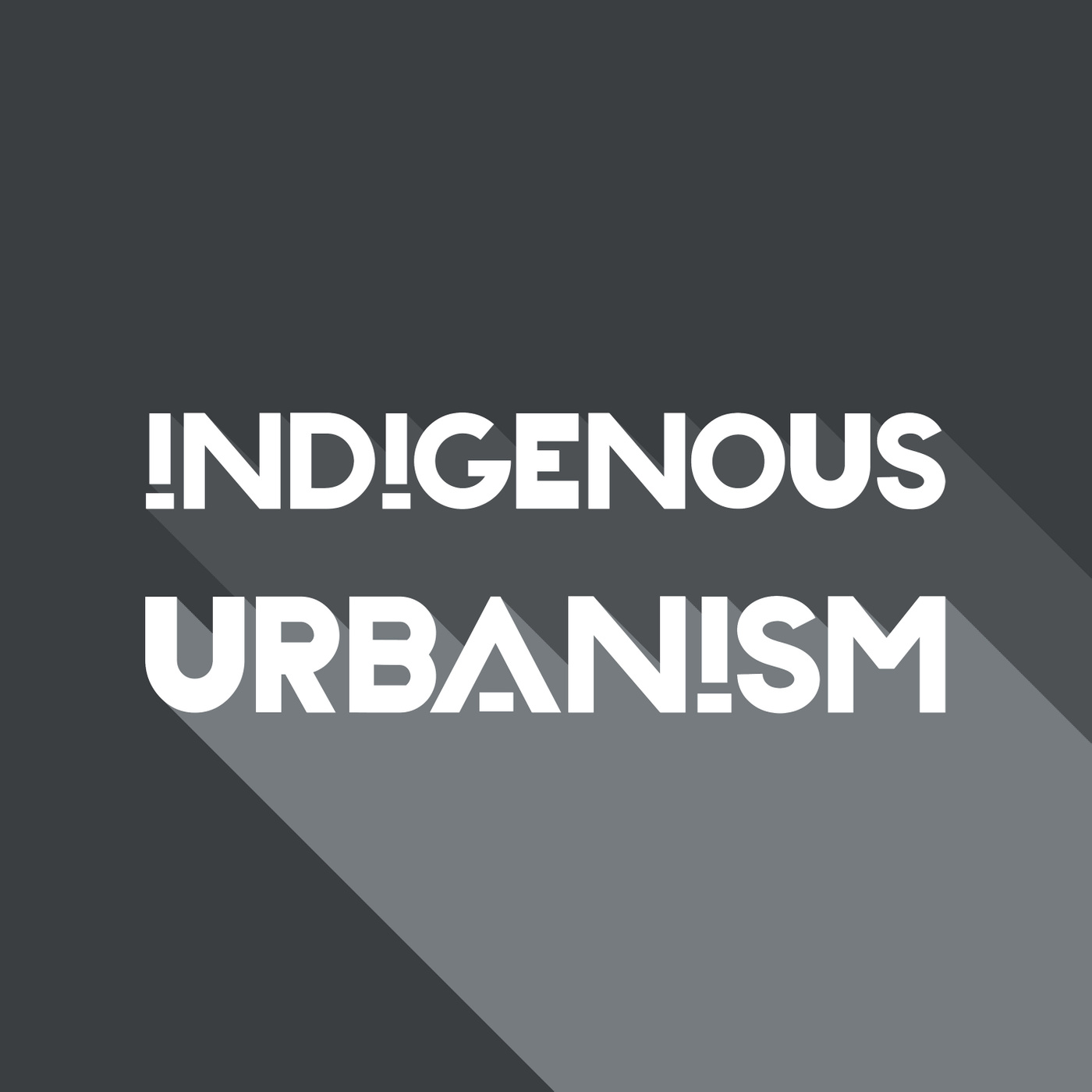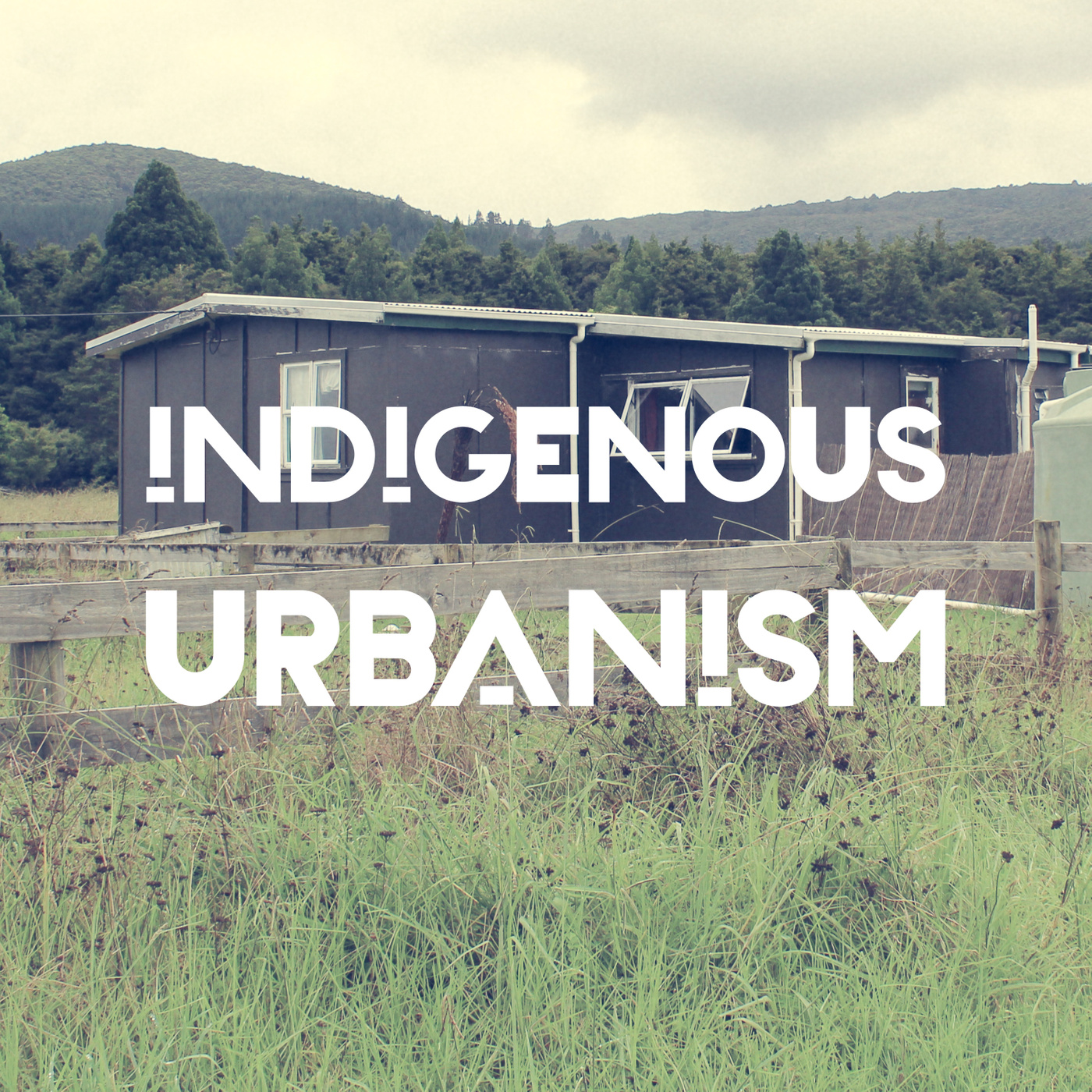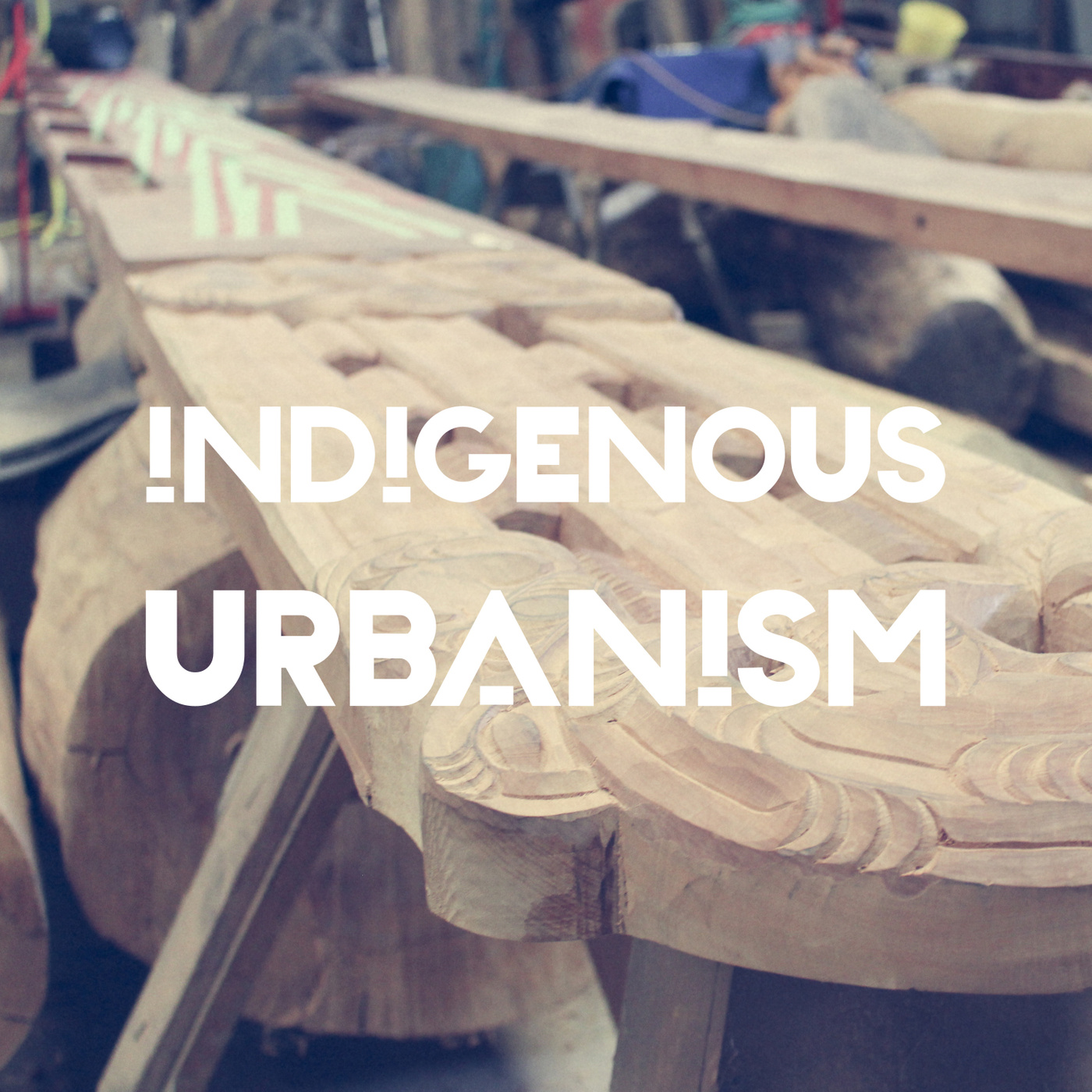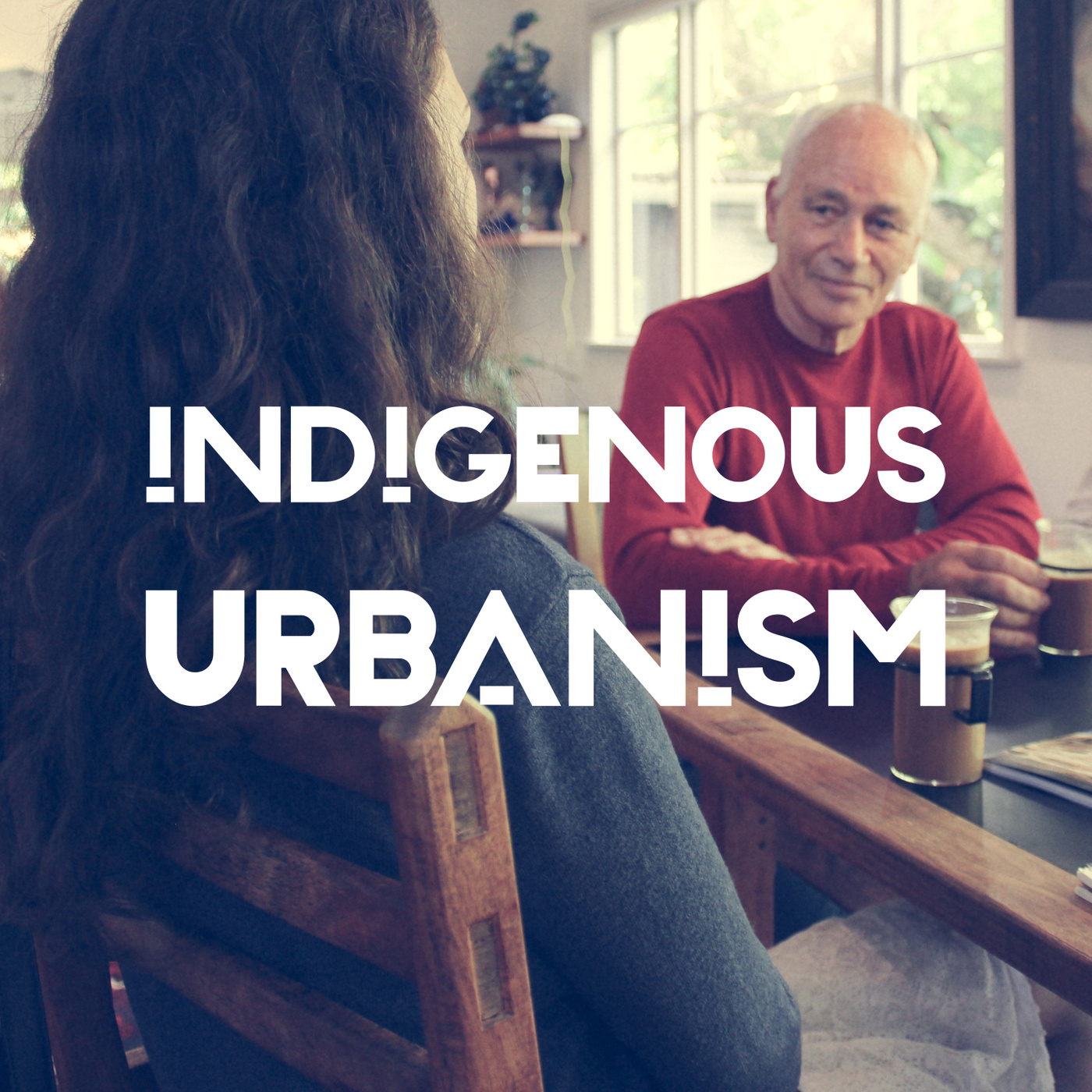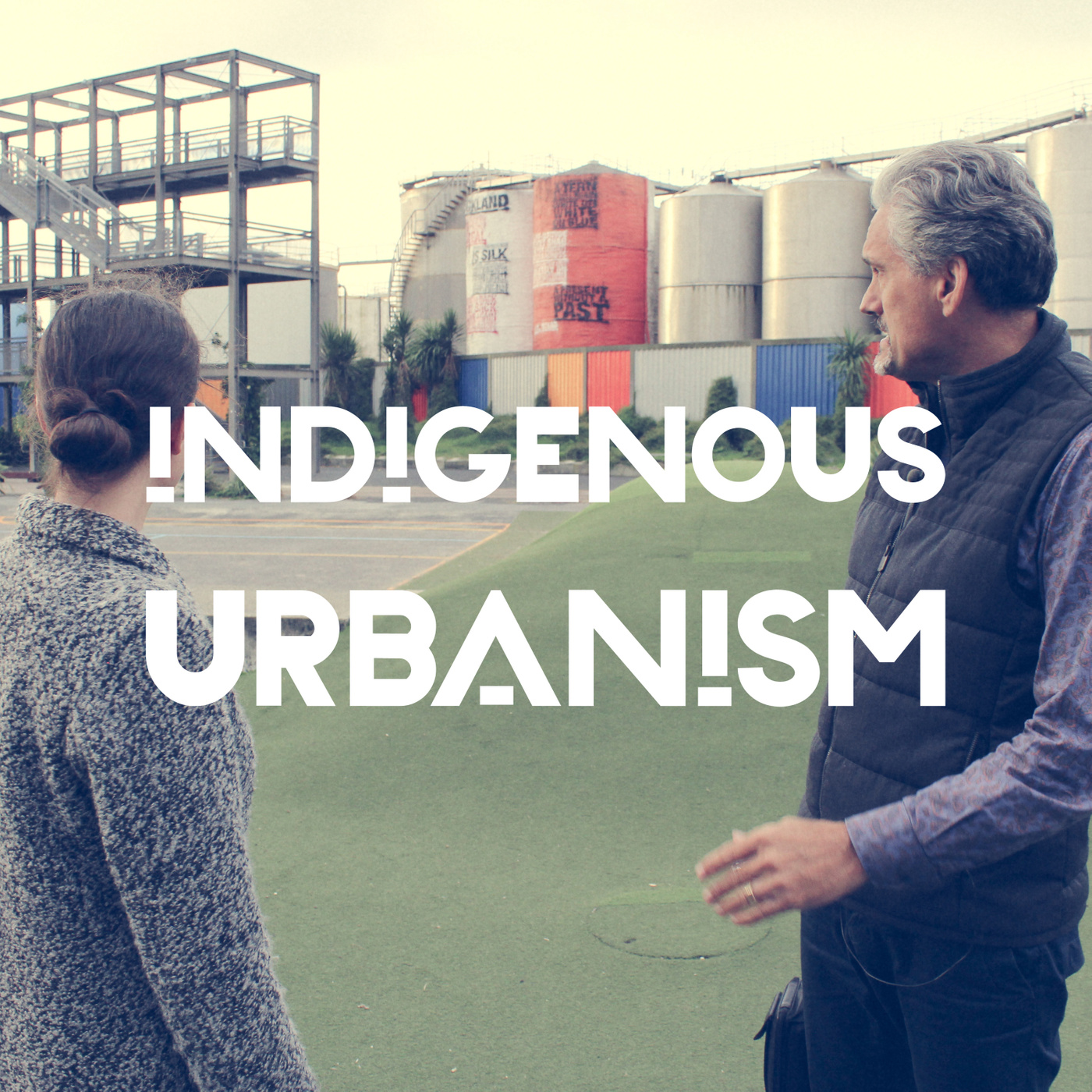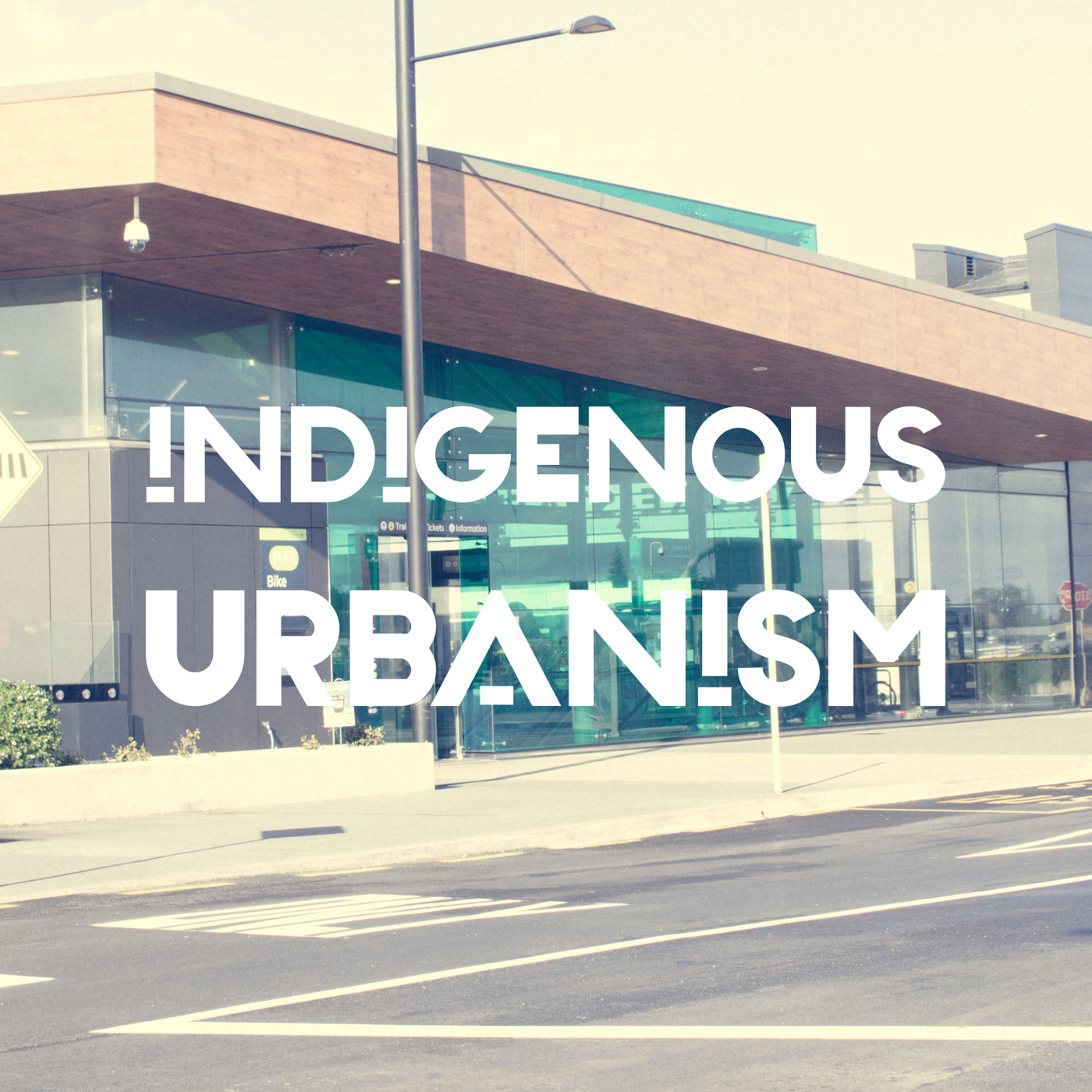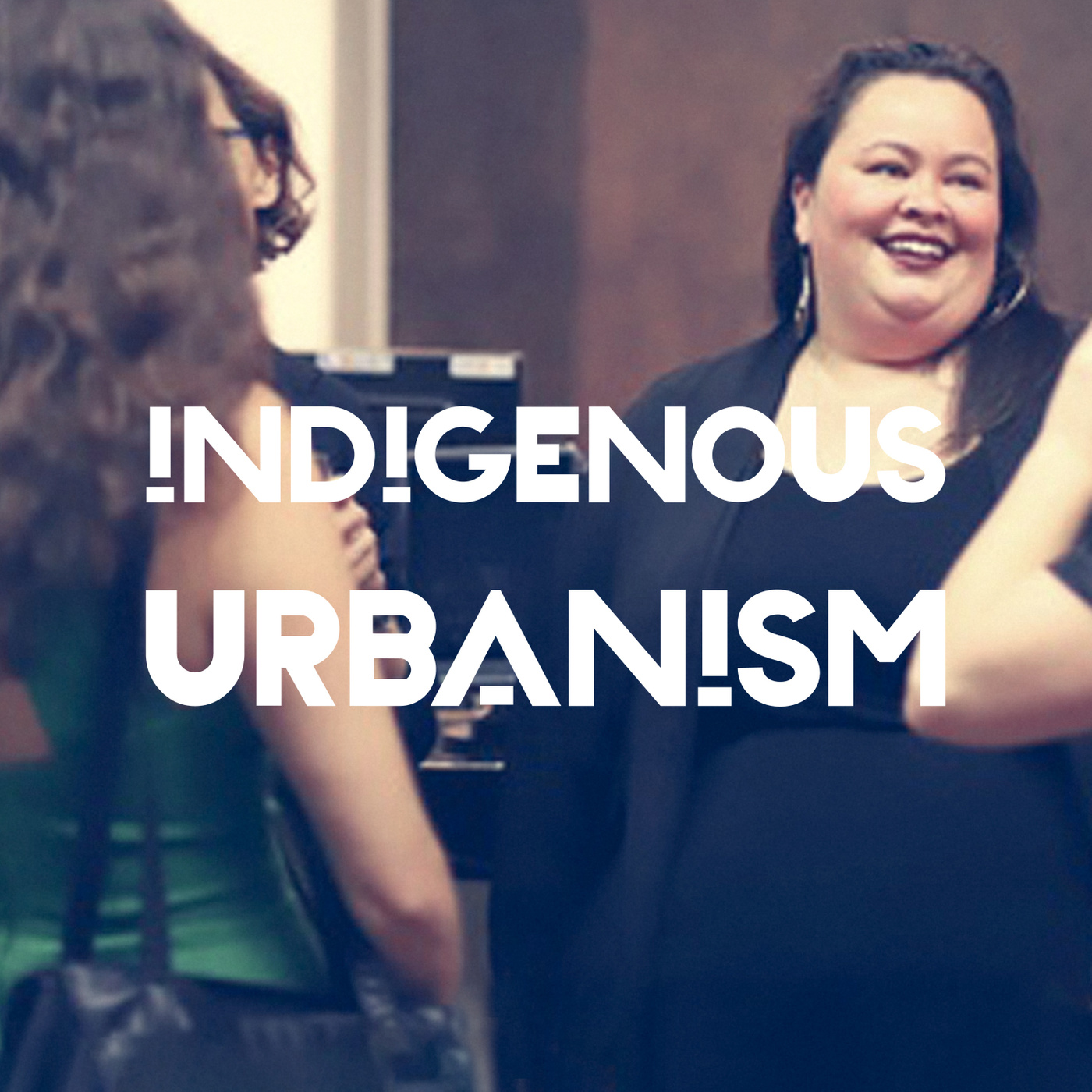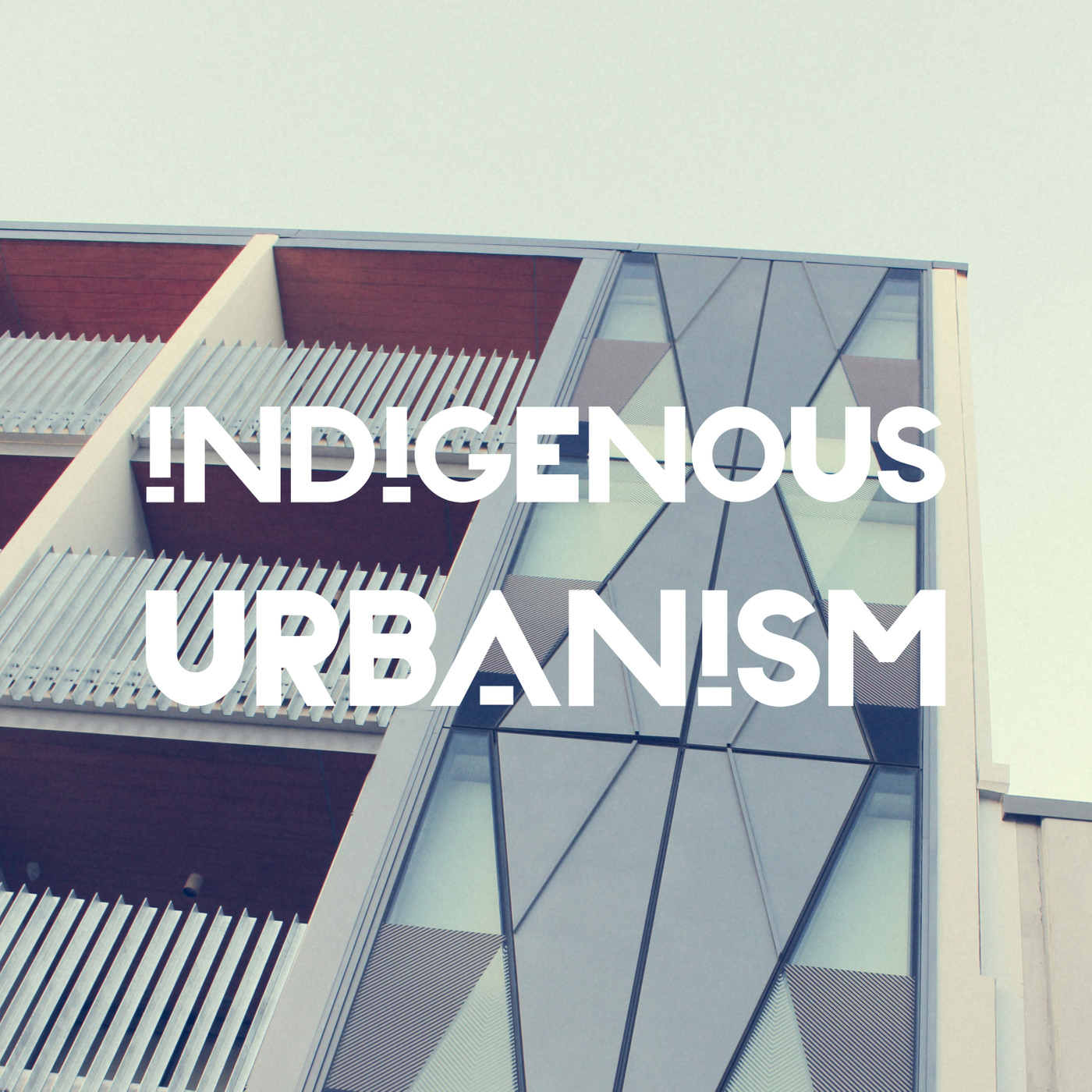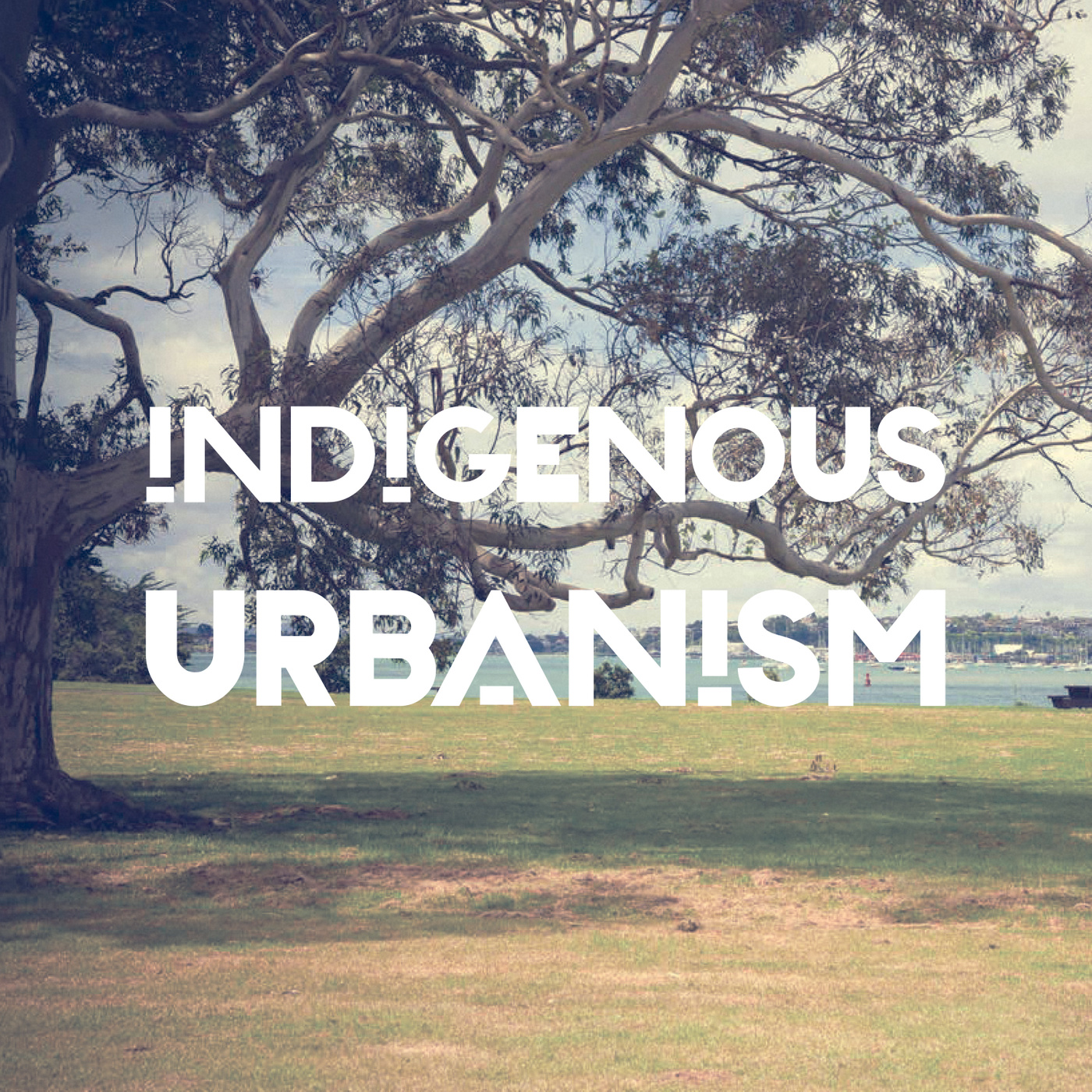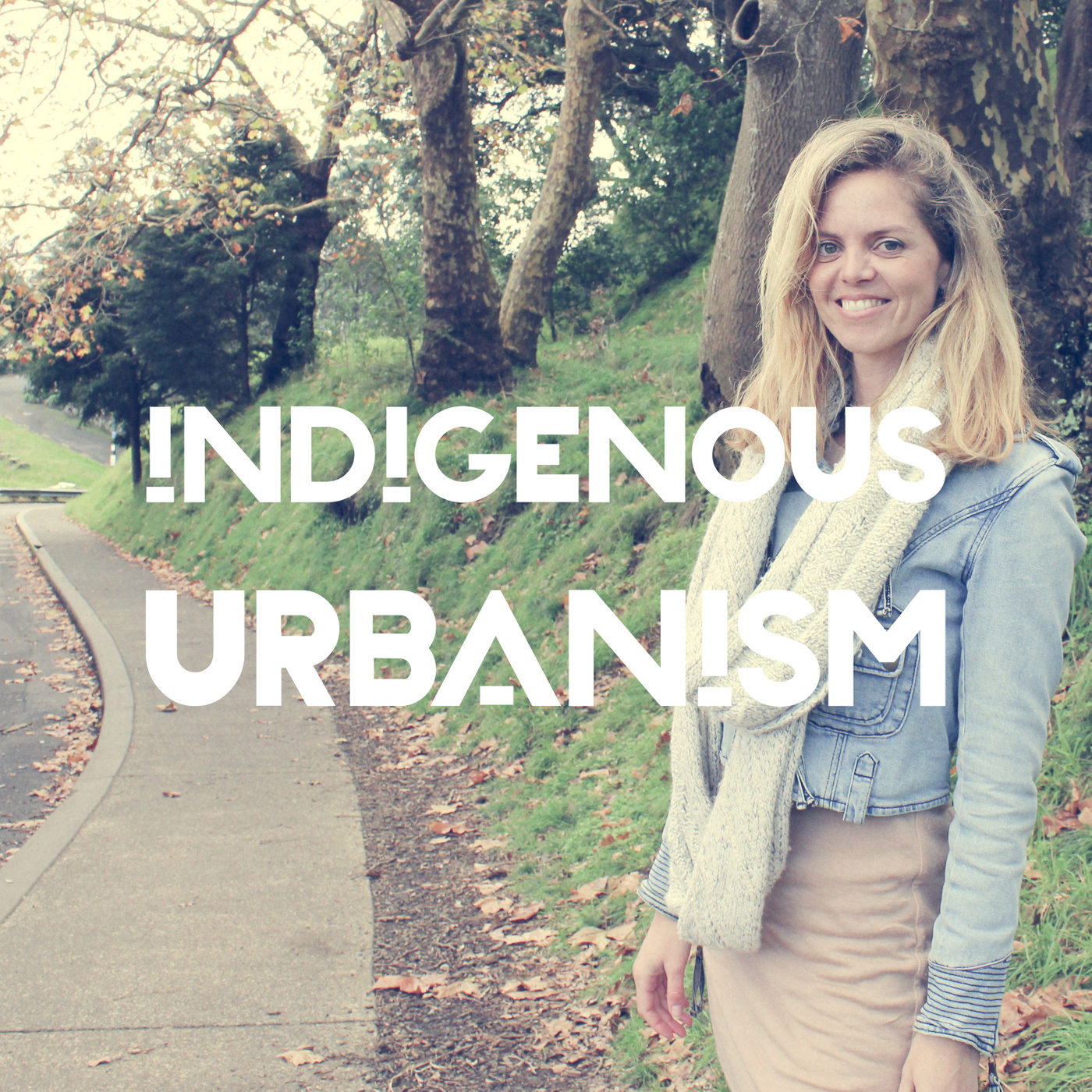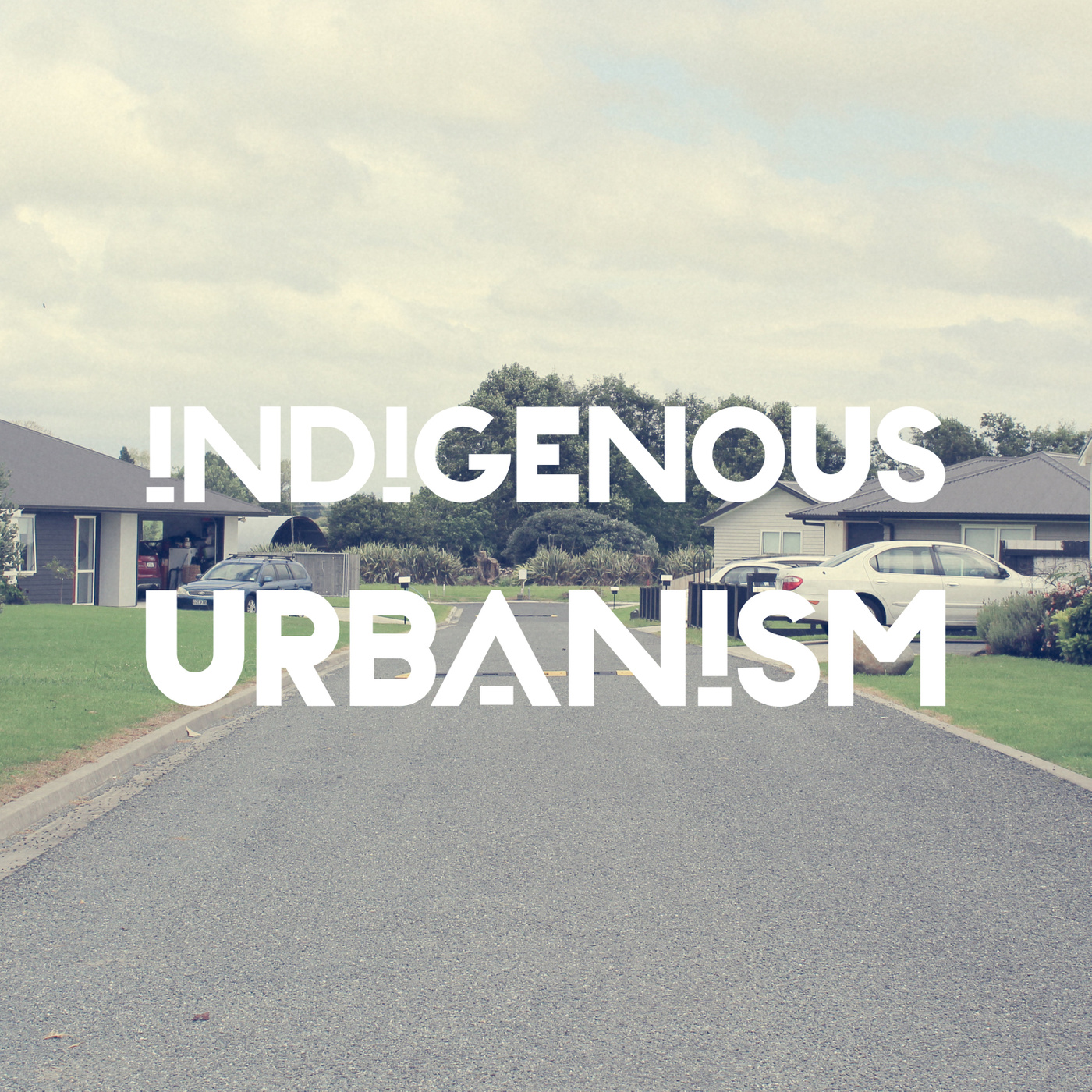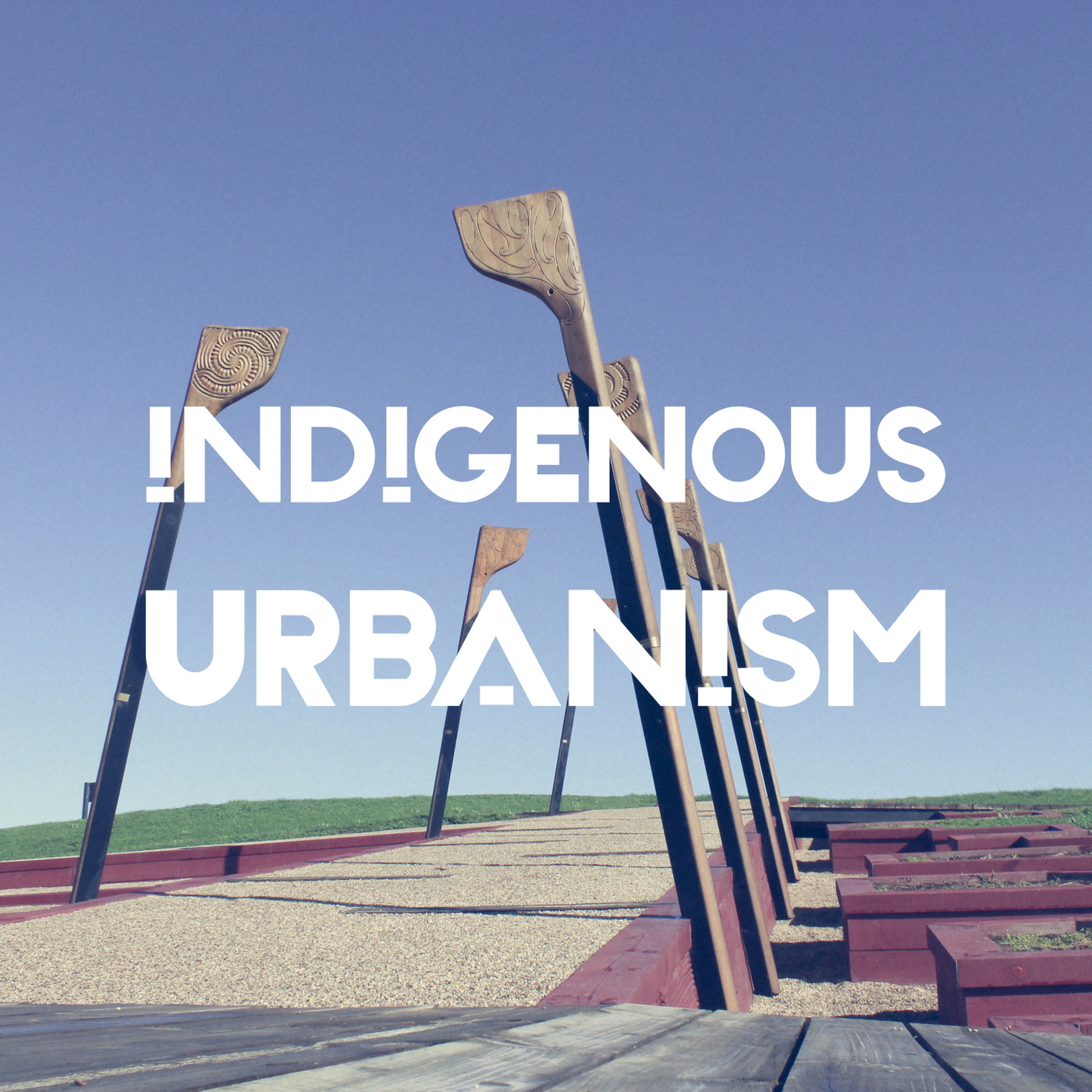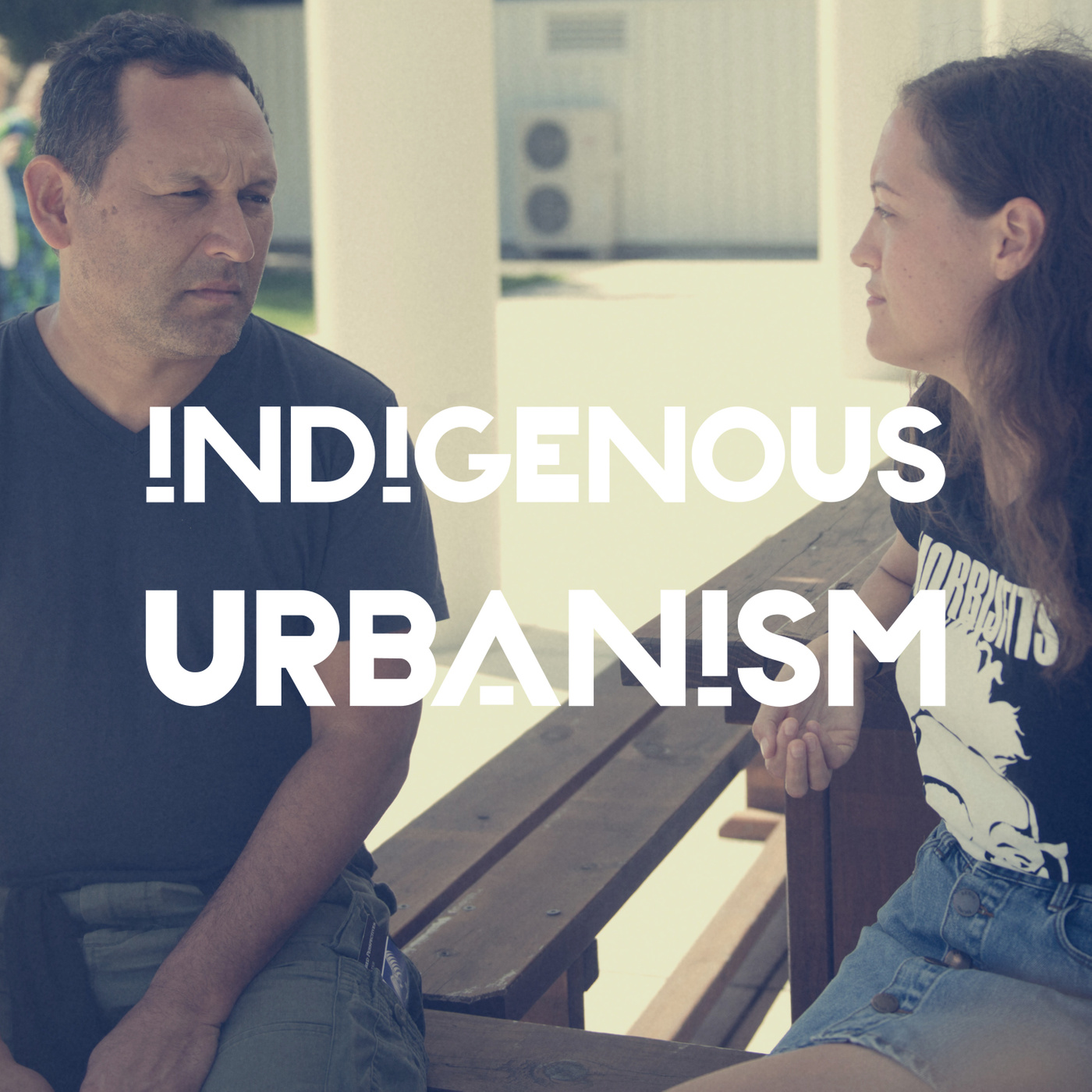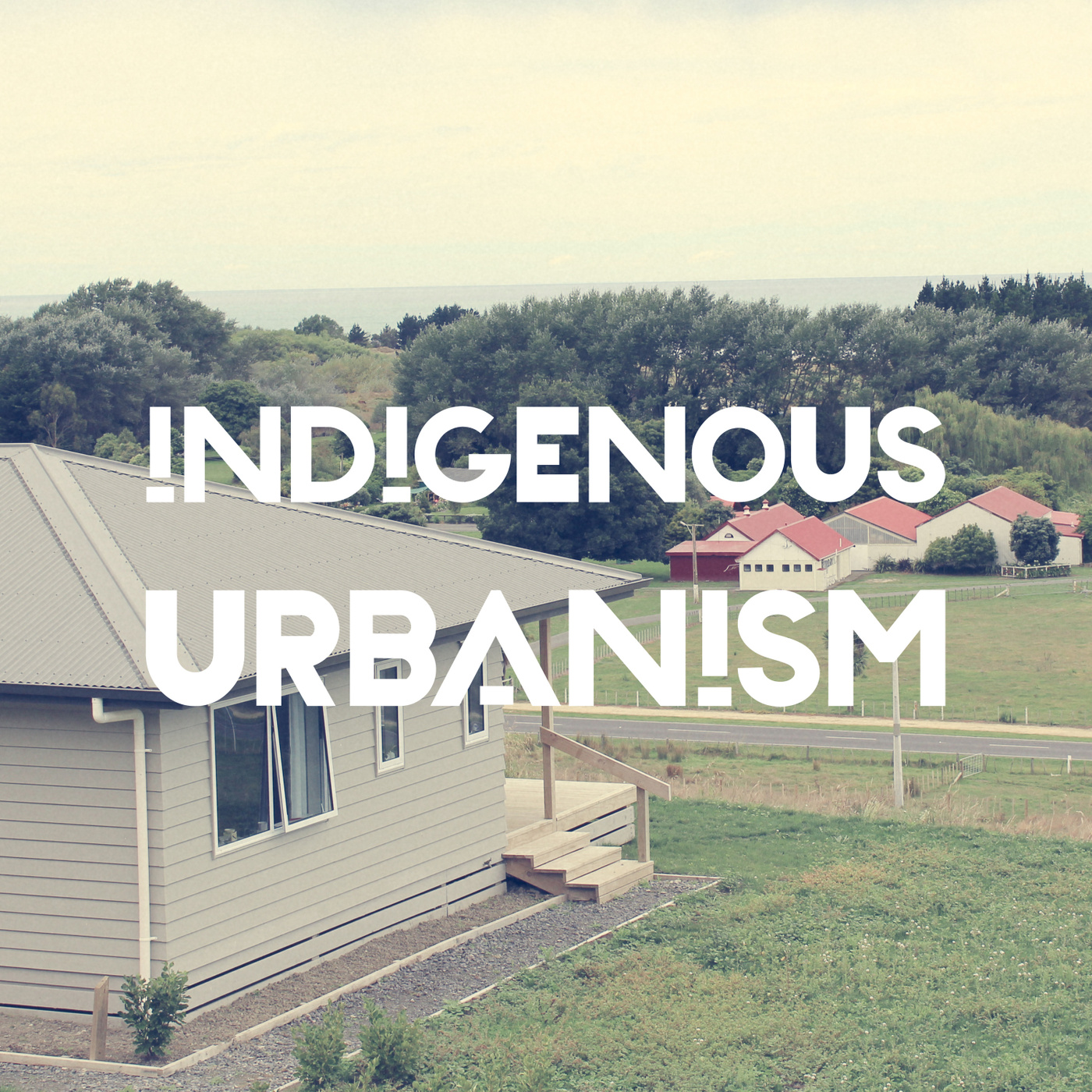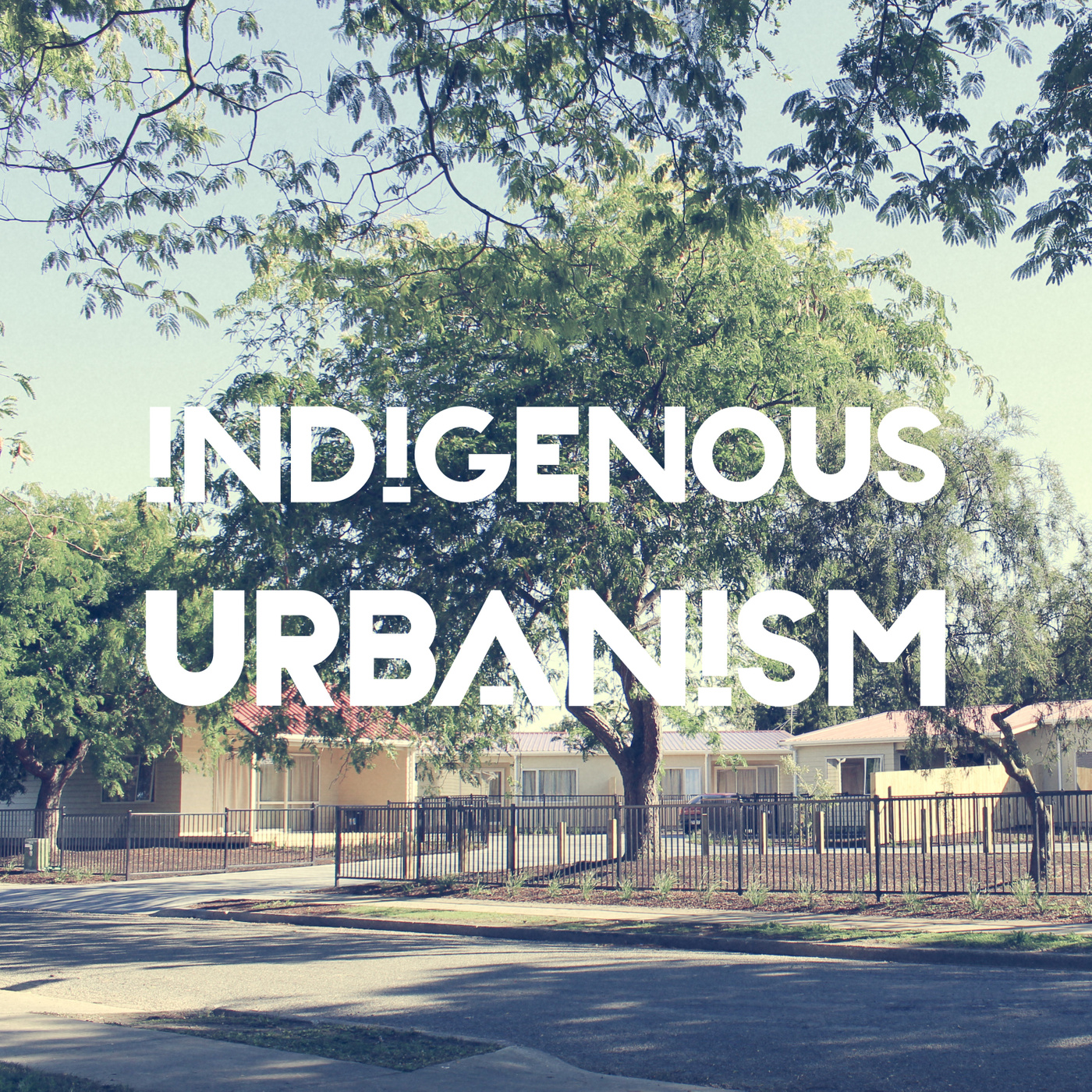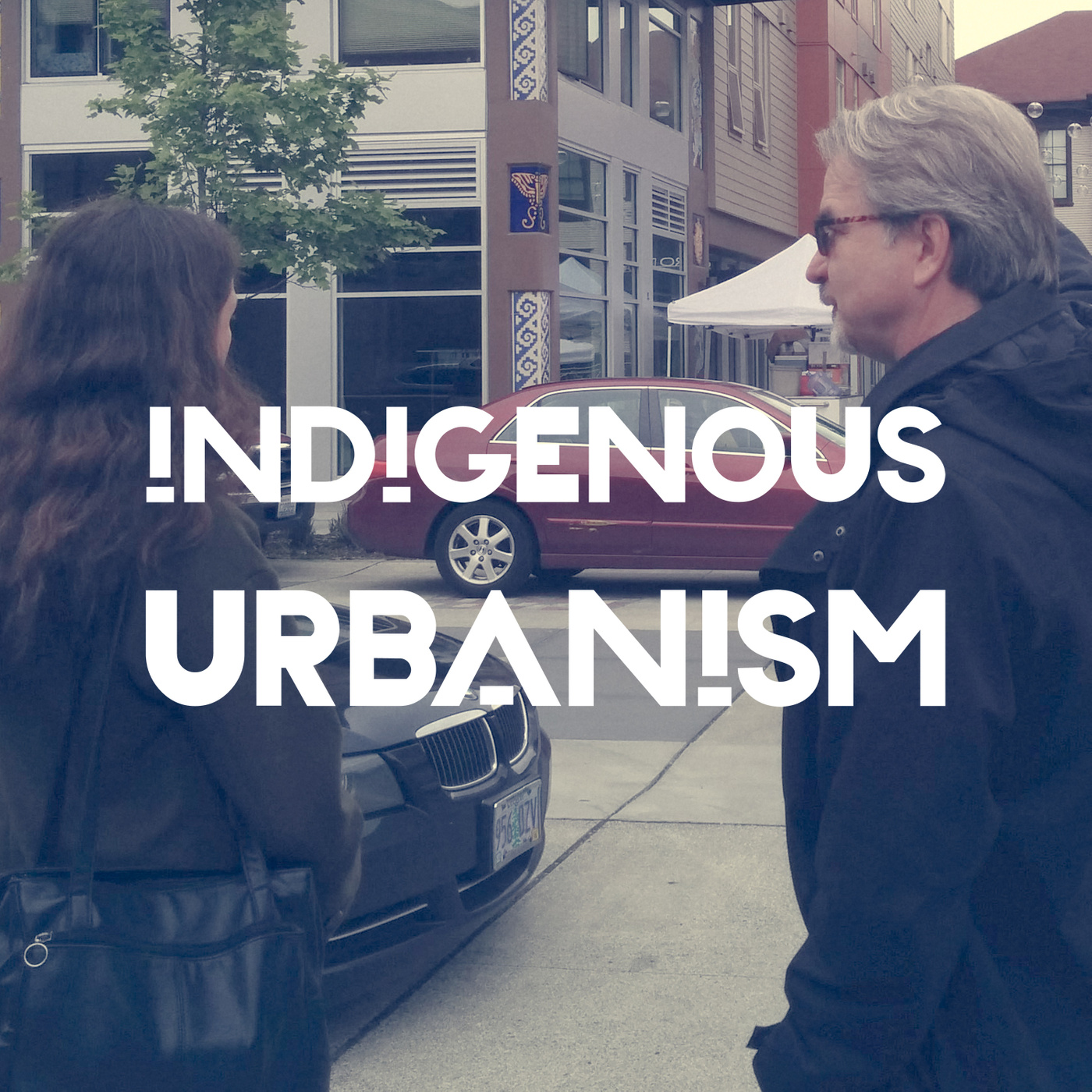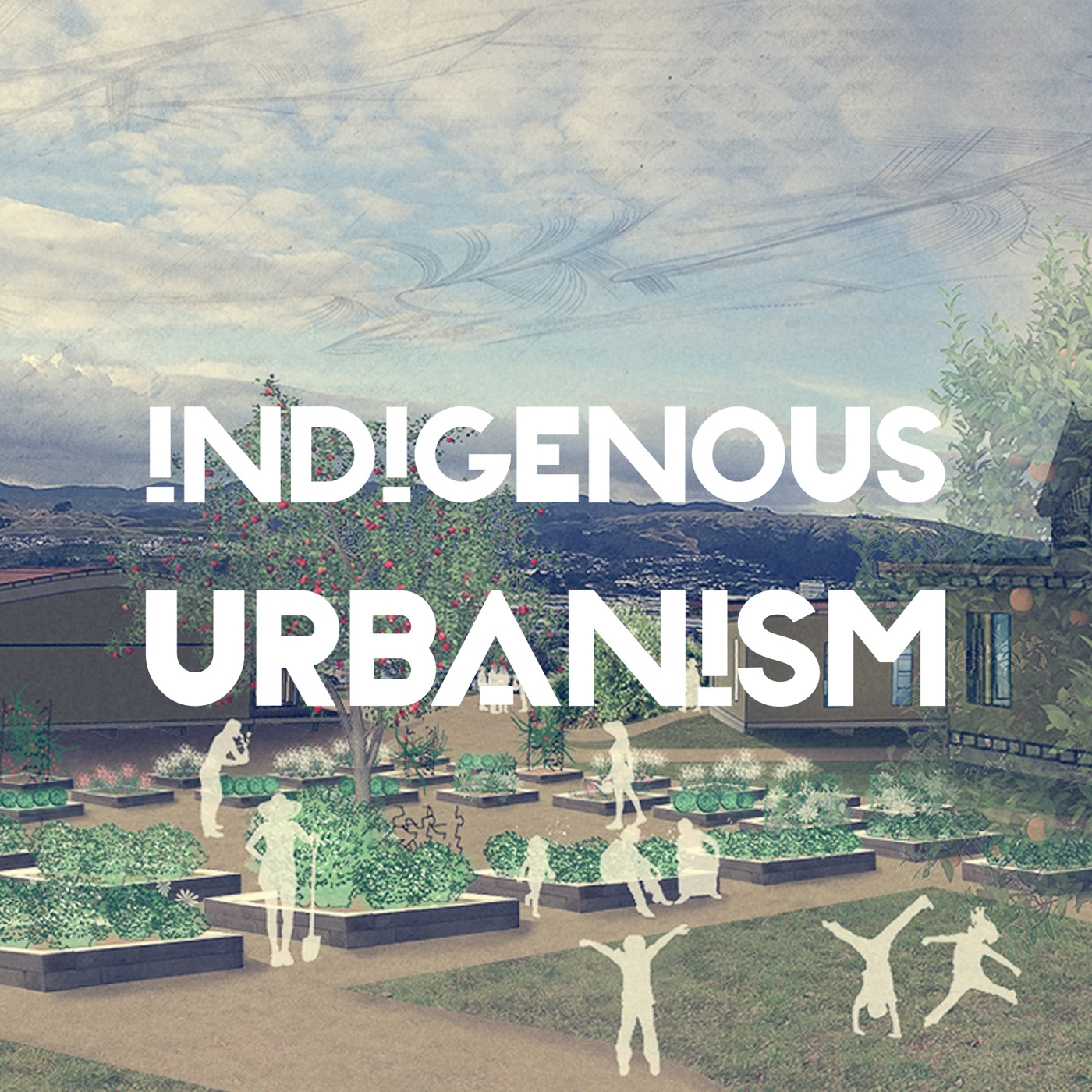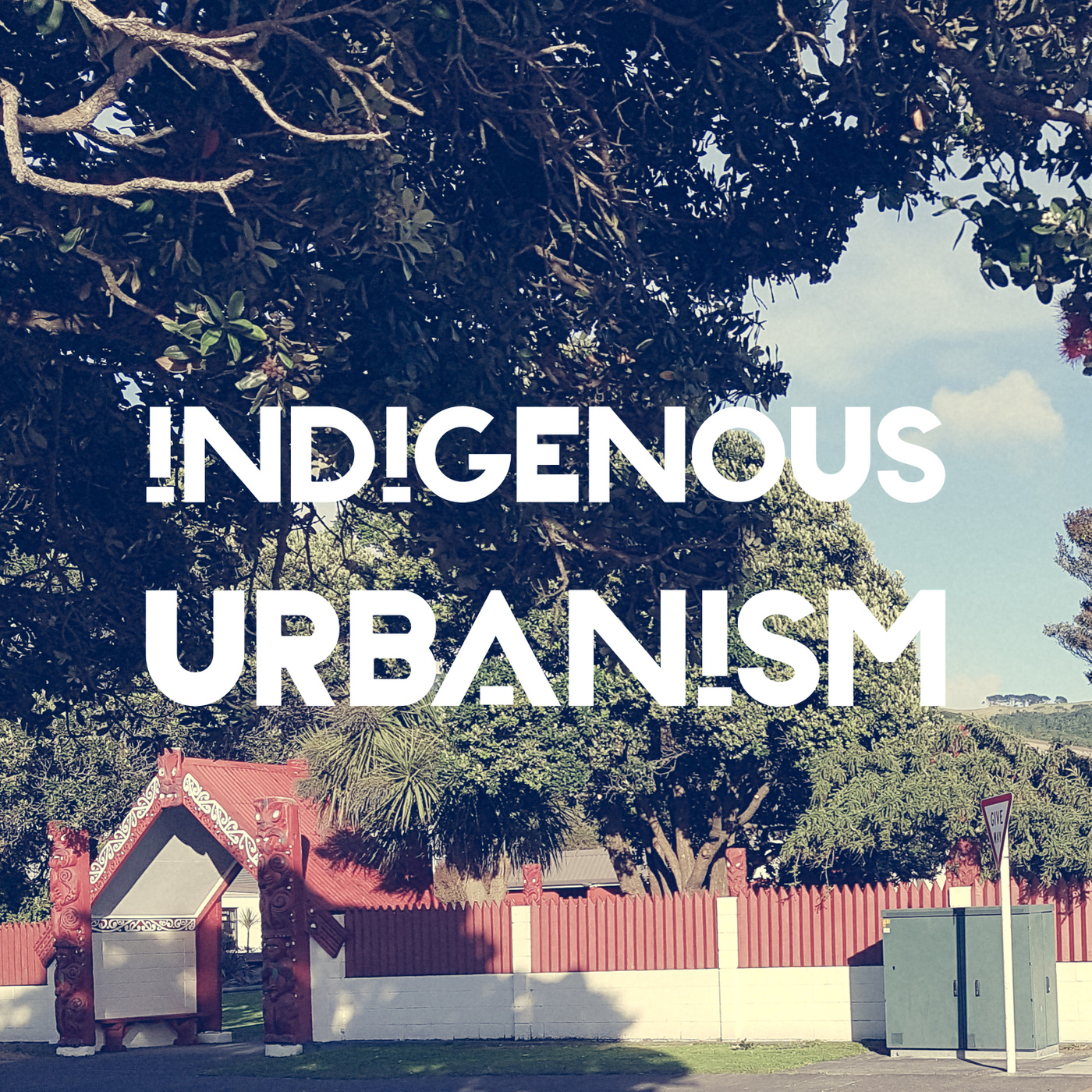Waiohiki Papakāinga
Description
EPISODE SUMMARY: On this episode of Indigenous Urbanism, we visit the site of a whānau papakāinga in Waiohiki, south of Taradale in the Hawke’s Bay, where the Hawaikirangi whānau of Ngāti Pārau are in the process of erecting a 5-dwelling development on their ancestral land.
GUESTS: Paora Sheeran, Hinewai Hawaikirangi
FULL TRANSCRIPT:
Jade Kake: It’s a clear day in Waiohiki, just south of Taradale in the Hawke’s Bay. Otatara Pā looms in the distance, holding a commanding position on a nearby hill. Waiohiki Marae is just down the road, and Tutaekuri the awa meanders between the pā and the marae.
Paora Sheeran: Kia ora, kia ora koutou, nau mai hoki mai ki Kahungungu, nau mai haere mai. O te rā ngā ki Waiohiki nei, ki tenei papakāinga o te whānau Rapihana Hawaikirangi. He whenua Māori tenei, he whenua mai mai. Nā reira, ko i riro ai te whānau nei te whenua, i te wā o rātou tīpuna. Ko mau rātou i te whenua nei. Nā reira, he taonga. He taonga te whenua nei mō te whānau. Nā reira, harikoa te ngākau, harikoa rātou ngākau. I hunga ai i tenei papakāinga, i runga anō i tenei whenua, tuku nei iho, i o rātou nā tīpuna. Nā reira ko te ingoa te whenua nei, ko Waiohiki. Nō reira tenei te mihi ki a koutou, puti puti huri noa i te motu. Nau mai, nau mai, nau mai. So Otatara is the Pā, so that was part of why they wanted to move here, so that they could be close to their maunga, their awa. Tutaekuri te awa, and of course the marae just over the road about 50 metres is their marae, Waiohiki Marae.
JK: Tēnā koutou katoa
Nau mai haere mai ki te Indigenous Urbanism, Aotearoa Edition, Episode 14.
I’m your host Jade Kake and this is Indigenous Urbanism, stories about the spaces we inhabit, and the community drivers and practitioners who are shaping those environments and decolonising through design.
On this episode of Indigenous Urbanism we visit the site of a whānau papakāinga in Waiohiki, south of Tarradale in the Hawke’s Bay, where the Hawaikirangi whānau of Ngāti Pārau are in the process of erecting a 5-dwelling development on their ancestral land.
We spoke with Paora Sheeran, nō Kahungungu, a key driver of papakāinga activity in the Hawke’s Bay, and the project manager for this papakāinga.
PS: We met with the whānau, probably in February 2017, here, on the side of Hatas lane over there. This was obviously just grass, at the time. And they had aspirations to build a papakāinga on their ancestral land. And so we met, we talked about the process, and very quickly we ran a feasibility study process to get from aspiration to a fully costed out project which includes five houses, all of the infrastructure, sewerage, water, upgrade the power, telecom, stormwater, new access way, landscaping, and all of that. So as you can see today, there's three of the houses are standing, closed in, and at a point of the building stage. Stage one's going to be around putting the infrastructure for the five houses in, but building three homes. So TPK approved funding for infrastructure for five homes, and a percentage to assist towards building three rental, affordable rental properties. The other two properties are, they're going to be home ownership. So whether that's home ownership under the trust, or whether that's home ownership in individual whānau. The houses consist of, so we've got two three-bedroom homes, and that's for Hinewai and her whānau. Her brother TK and his whānau, and then the middle house is for their mum, Karen. And so the houses are, the land is put into a whānau trust, and the whānau trust is the one who applied for the funding, and will own and administer the housing on behalf of the whānau. Cause they've got two sisters who are doing university degrees in Wellington, and that was the idea, was when they eventually come back, they will move to the papakāinga as well. So they don't know if it's going to be individual home ownership, or whether the trust will take on that as well.
JK: Oh okay, so Hinewai and her brother both have young families, and they've got two sisters who are studying. And they're mum's going to be here in the middle house.
PS: Yeah, real tight family. And I think that's been the key, to the speed of this whole process is that the whānau are tight, they are united, and just get things done.
JK: We also spoke with Hinewai Hawaikirangi nō Ngāti Parau. Hinewai is a Trustee for the Rapihana Hawaikirangi Whānau Trust and the whānau driver for this project.
Kia ora Hinewai, thank you so much for meeting with me.
Hinewai Hawaikirangi: Tēnā koe, ngā mihi nui kia a koe. Ko Hinewai Hawaikirangi tōku ingoa, ko Ngāti Parau te hapū, ko Otatara te maunga me Hikurangi, ko Tutaehuri te awa, ko Te Whanganui a Rotu te moana. Āe. I'm Hinewai Hawaikirangi, and I'm a trustee of the Rapihana Hawaikirangi Ahu Whenua Trust. Our journey started for us as a family probably three years ago where we succeeded to Māori freehold land from our dad when he passed. Like a lot of Māori whānau do. We were lucky that it was only us four siblings who succeeded to one block of land. But that block of land wasn't big enough to be able to build the number of houses for us four siblings. But we all wanted to live there, because we understood that it's important that we occupy our whenua, that we're close to our marae, we're close to out maunga, we're close to our awa, and we're engaged in our whānau activities. So, what we looked at was, next to my father's block were two other vacant blocks. They were owned by whānau, they were left derelict because they had no connection to the whenua anymore. They either moved away from the region, or they weren't interested in building there, or using the land in any way. Our goal as a whānau was to look into these two land blocks next to our father's. We didn't really know who to go to, to find out how to get a hold of the blocks. But, through asking other whānau members around who the owners were, we eventually got to them. We were lucky that one block owner was just a koro, and the other block owner was a small trust of three siblings. So, in terms of being able to negotiate with the owners, we were lucky in that respect. But, before we did that we had to look at the Te Ture Whenua Māori Act. In order to see if this actually applicable, to buy Māori freehold land, and how we had to go about it. We had a vision as a whānau to all live there, so to realise that we needed the other two blocks, to have three blocks together, to have a big enough land block to put four to five houses.
JK: And you were telling me that none of them were large enough to develop?
HH: Yeah. So that was also advantageous for us as a trust was that, these two blocks were undevelopable, per the district council planning. In the Waiohiki area, we're classed as plains zone, which means you have to have at least 2500 square metres to be able to put one dwelling and a secondary. So, these two blocks that we were looking to buy were smaller than that. So for the owners, they weren't big enough to develop on anyway. But, with the three blocks combined, we could. What I did first was have that conversation with the owners. And say, look, we are whānau, and I talked about how we connected as whānau, where our common tīpuna had come from. So, we approached the land owners, and we started that initial discussion of, would the whānau like to sell? For the purpose of building a papakāinga for our whānau. And, initially they were on board with the idea, but then it was up to me to go away and put a proposal to them around the amount, who our lawyer would be, and some of the conditions we were thinking of in terms of a sale and purchase agreement. So, that's when I approached the Māori land court. Initially I spoke to the general manager, who has now left, at the Takitimu Māori Land Court. And she said, yes, yes there is a way to do it, and have a look at this part of the Act, and this section of the Act. So I went away and did that. And I felt that we met the criteria to be able to buy Māori freehold land, as first class alienee. So, I prepared all the evidence needed to show that we're a first class alienee, and at the same time started negotiating with the two block owners. I then started to prepare the documentation to firstly, send to the whānau, to the owners, the block owners, as well as preparing what the Māori land court would require. I then drew up a valuation assessment of the land that showed that the rateable value that the Hastings District Council put on those land blocks was inaccurate. And the way I found that out was, firstly asking Council how they calculate the rates. What equation do you use, and what specific things go into that equation, to get you to a rateable value. Particularly in the Waiohiki area. What that showed me was that they calculated the rates based on these town services, and that it's a block of land that can be developed on. So, I soon discovered that, in fact those two things aren't applicable to the blocks we wanted to buy. There are no town services to the two blocks, the two land blocks individually weren't big enough to develop on, so those two parts of the equation actually don't fit into how they calculated the rates. So that's when I could argue, well actually, we are going to take out those components of the equation, and look at a new equation, to actually look at the true value. Not incorporating the cultural or historical value - cause you can't put a value on that - but more the value in dollars. So I came up with a new equation, and explained that to the owners. But there's also real risks with buying those two pieces of land, because there was an easement that would take up 500 square metres, that we have to share with the nearby users. So, that was a risk, and then there was a power pole on one of the two blocks as well, that wasn't registered, but it's there

